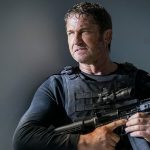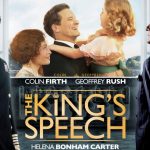“Twelve O’Clock High” (1949), directed by Henry King, is a compelling and realistic portrayal of the psychological and physical toll of war on airmen during World War II.
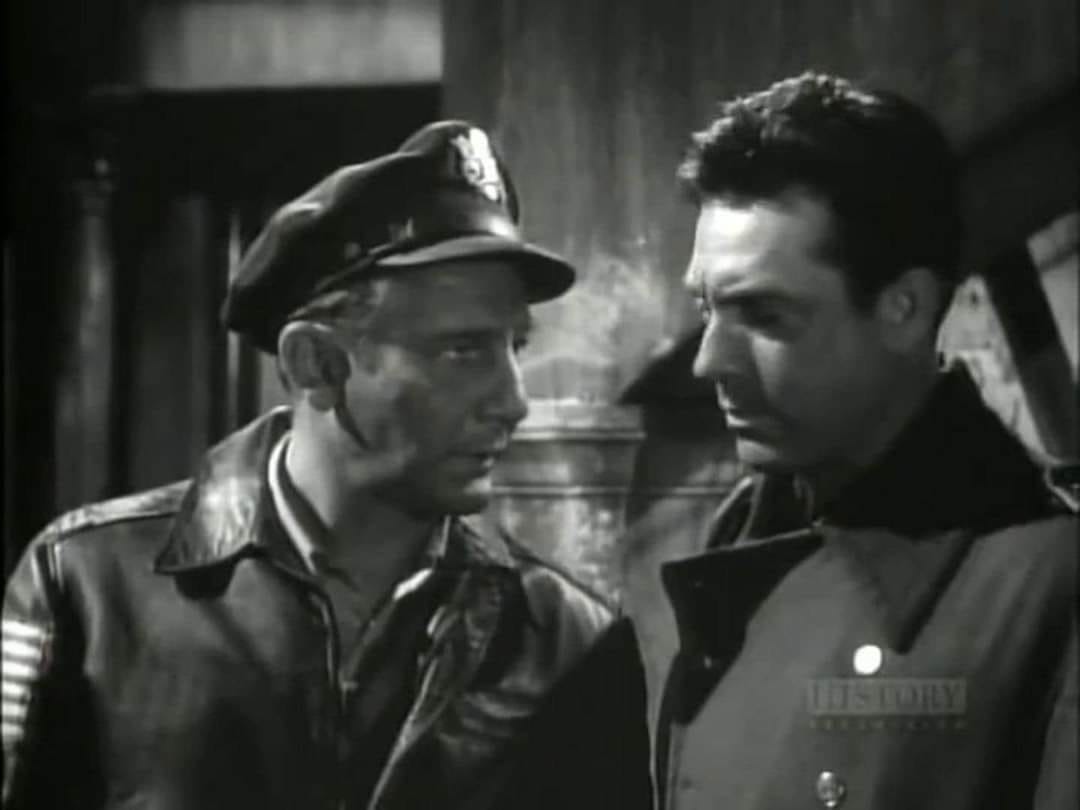
“Twelve O’Clock High” (1949), directed by Henry King, is a powerful and gripping war drama that delves deep into the psychological and physical toll of World War II on the airmen of the U.S. Army’s Eighth Air Force. Set against the backdrop of the intense and perilous daylight bombing missions over Nazi-occupied Europe, the film offers a realistic and unflinching look at the burden of command and the strain of war.

Plot Summary
The film is set in 1942 and follows the experiences of the 918th Bomb Group, stationed at a U.S. airbase in England. The group is struggling under heavy losses, and morale is at an all-time low. The story begins with the replacement of the group’s commander, Colonel Keith Davenport (Gary Merrill), who is seen as too emotionally involved with his men to effectively lead them. Brigadier General Frank Savage (Gregory Peck) is brought in to take command, tasked with restoring discipline and morale.
Savage’s leadership style is tough and uncompromising; he distances himself emotionally from his men, believing that this detachment is necessary to rebuild their fighting spirit. At first, his harsh methods are met with resistance and resentment from the crew, but over time, they begin to understand the necessity of his approach. The film meticulously portrays the psychological pressure on Savage as he wrestles with the heavy responsibilities of command and the decisions that could mean life or death for his men.
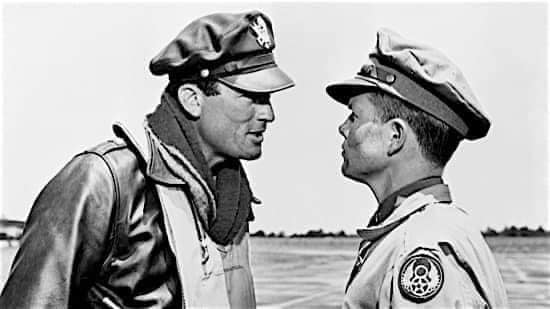
As the story unfolds, the constant stress of combat, the loss of comrades, and the relentless demands of leadership begin to take a toll on Savage himself. The film’s climax centers around a critical bombing mission deep into Germany, where the group’s resilience and Savage’s leadership are put to the ultimate test.
Themes and Tone
“Twelve O’Clock High” explores themes of leadership, sacrifice, and the mental and emotional costs of war. The film’s tone is serious and reflective, emphasizing the human aspects of warfare rather than glorifying the combat itself. It addresses the psychological wear and tear on the airmen, the fear, the fatigue, and the devastating impact of losing fellow soldiers.
The film also delves into the idea of what it means to be an effective leader under extreme conditions. Savage’s journey is one of understanding the fine balance between maintaining authority and connecting with his men on a human level. The title itself, “Twelve O’Clock High,” refers to the position of enemy aircraft approaching directly from above—symbolizing the constant and unavoidable threats faced by the airmen.
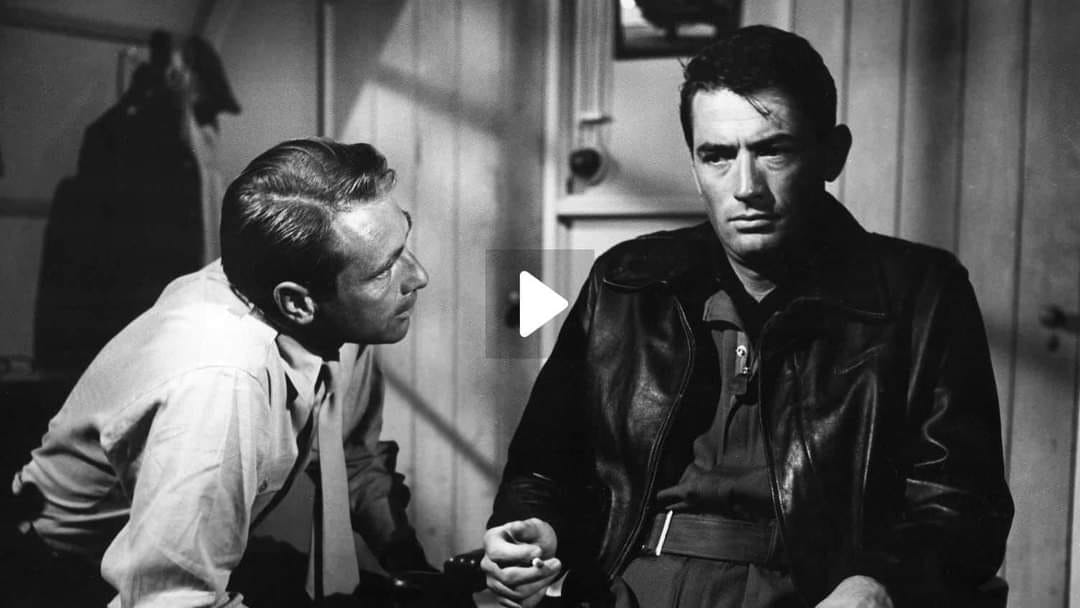
Performances and Direction
Gregory Peck delivers a standout performance as General Frank Savage, embodying the complexity of a man torn between duty and compassion. His portrayal of Savage’s gradual breakdown under the pressure of command is both subtle and powerful. The supporting cast, including Hugh Marlowe, Dean Jagger, and Gary Merrill, adds depth to the film, portraying the camaraderie and conflict among the crew.
Henry King’s direction is notable for its emphasis on realism and attention to detail. The film’s aerial combat sequences, shot with actual B-17 bombers, are intense and authentically capture the danger faced by the airmen. The use of sound, close-ups, and the pacing of the film all contribute to a sense of immediacy and tension.
Critical Reception and Legacy
“Twelve O’Clock High” was highly praised upon its release and has since become regarded as one of the greatest war films ever made. It was nominated for four Academy Awards, with Dean Jagger winning Best Supporting Actor for his role as Major Harvey Stovall, the group’s adjutant who reflects on the events of the war. The film was also lauded for its psychological depth and the way it portrayed the realities of war without resorting to melodrama or sentimentality.
The film’s influence extends beyond cinema; it has been used in military training programs to illustrate leadership principles and the impact of stress on decision-making and morale.
Conclusion
“Twelve O’Clock High” stands as a compelling and realistic portrayal of the psychological and physical toll of war. Its exploration of leadership, the strain of combat, and the human costs of war resonate as powerfully today as they did at the time of its release. With its strong performances, particularly from Gregory Peck, and its unvarnished depiction of wartime realities, the film remains a poignant and enduring classic in the war genre.






